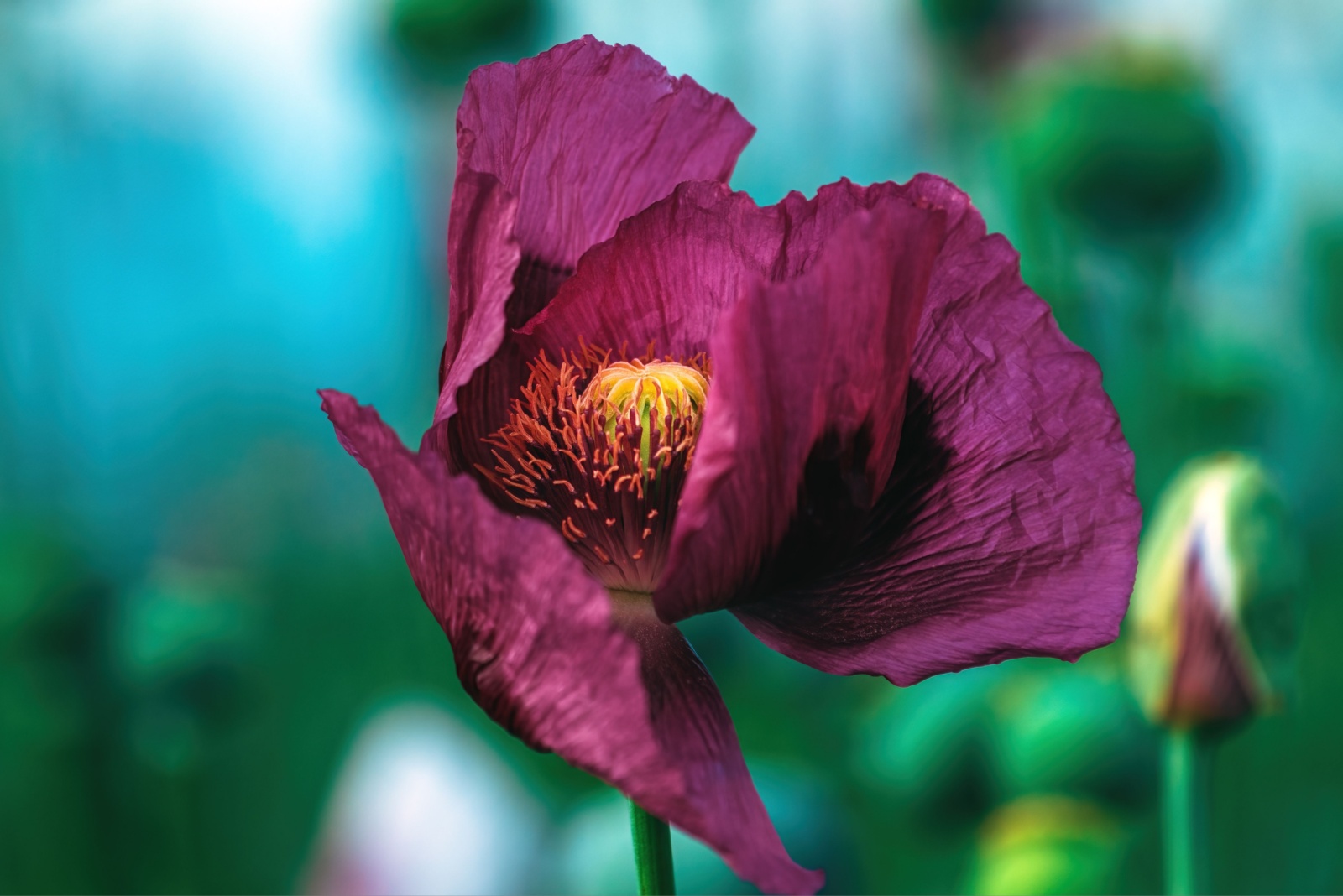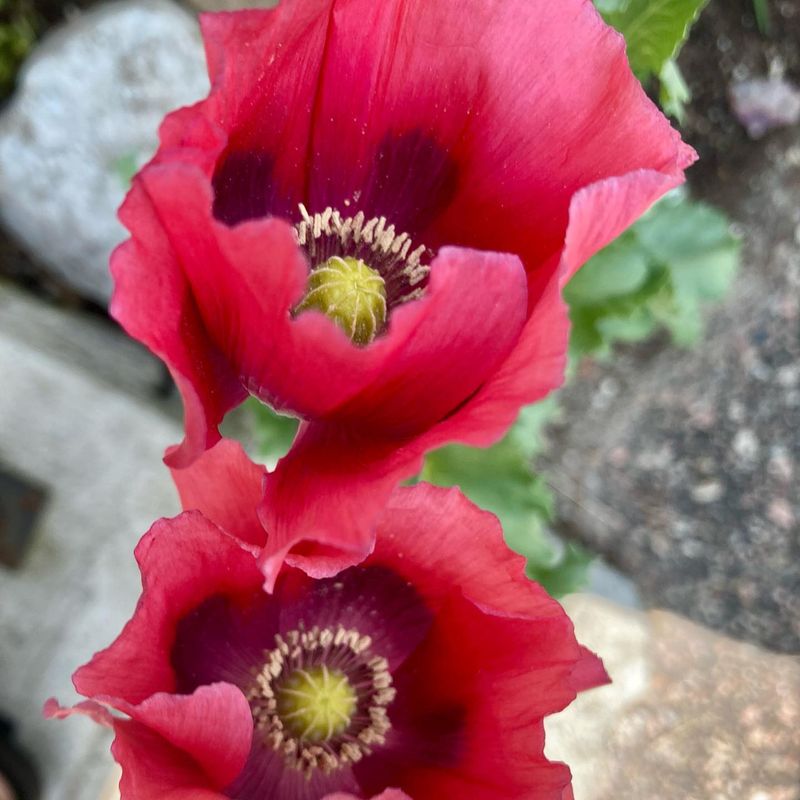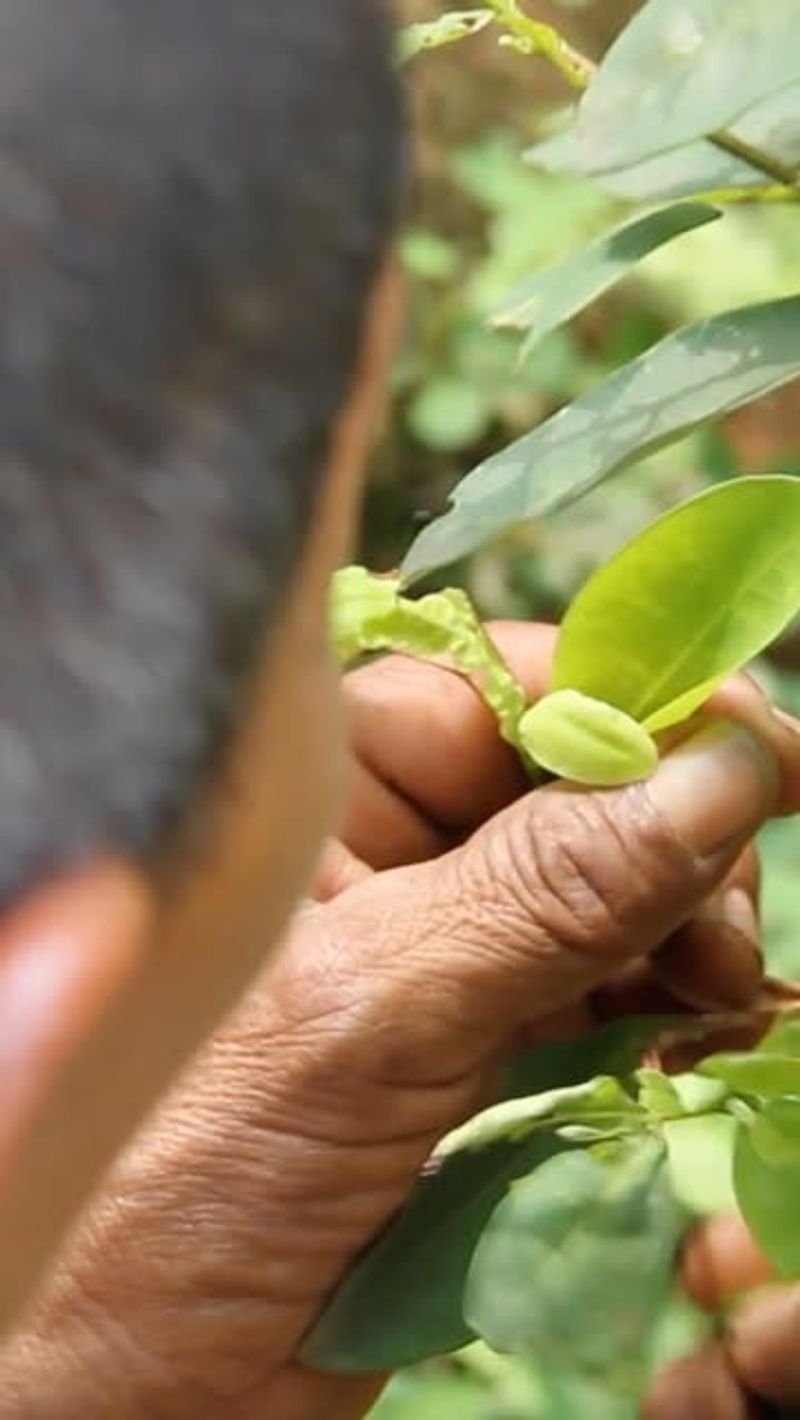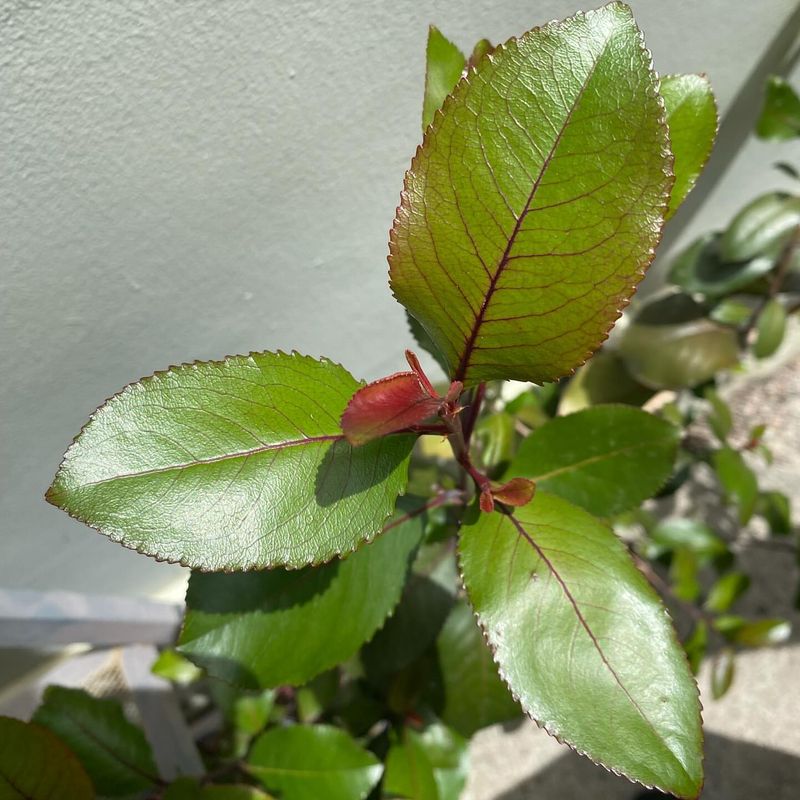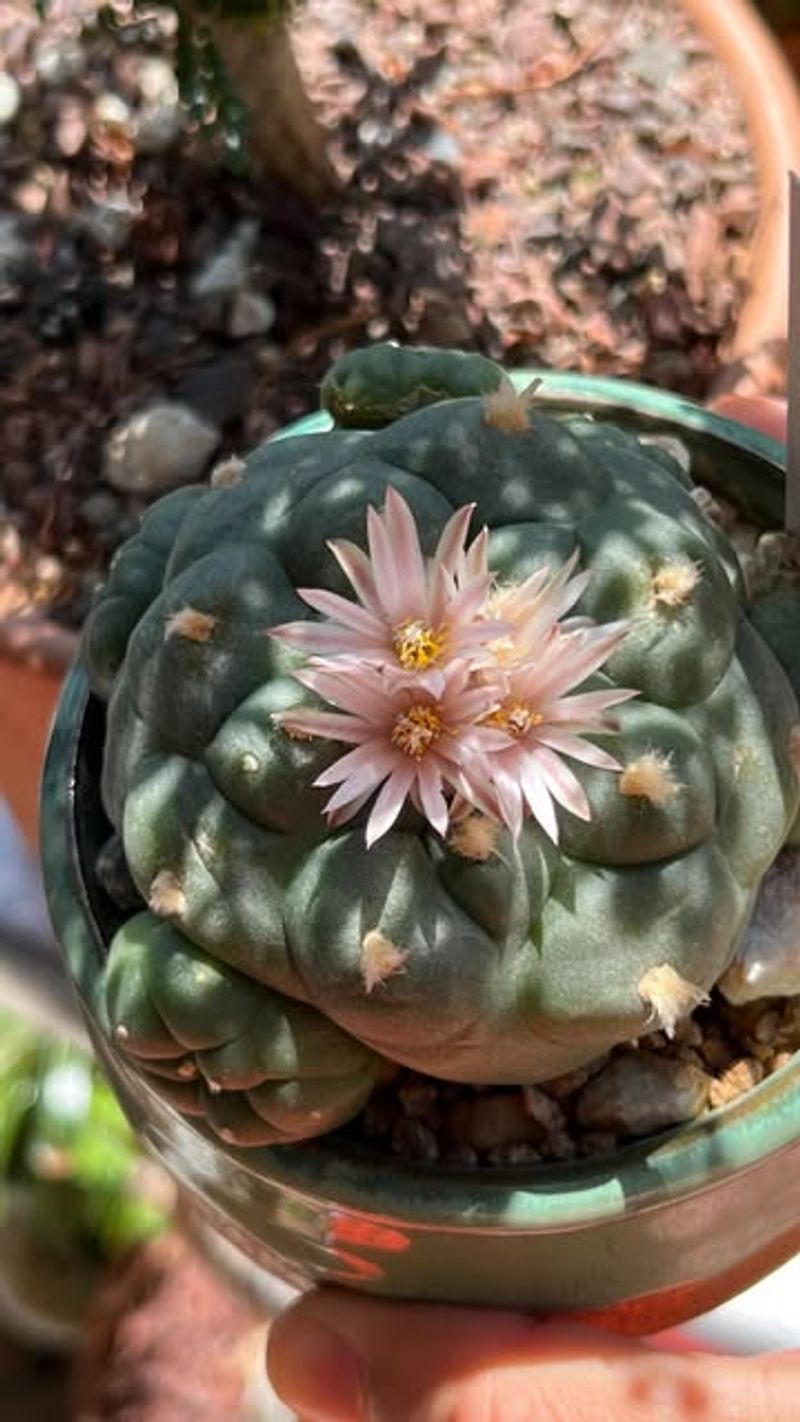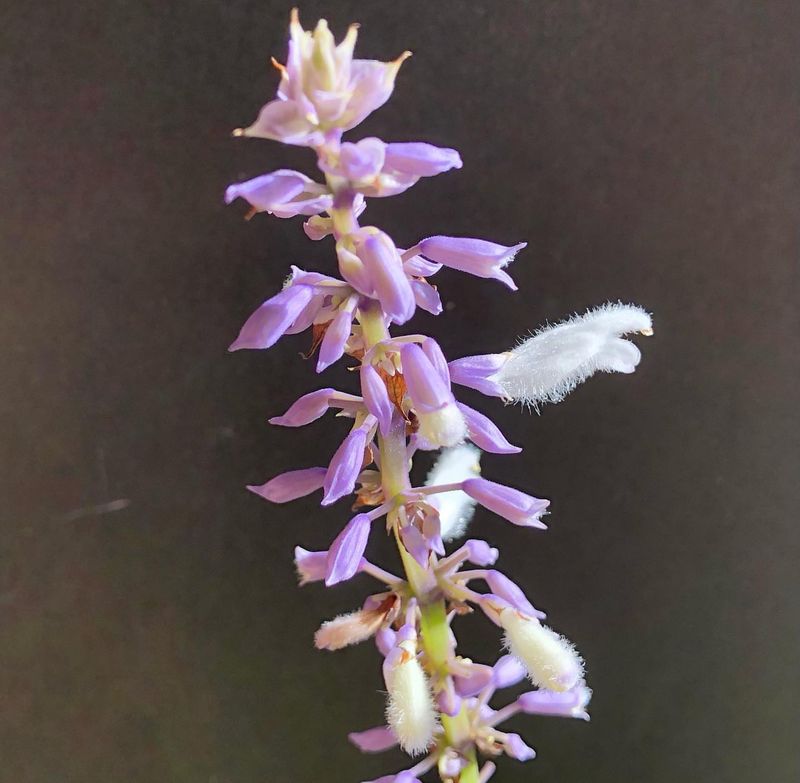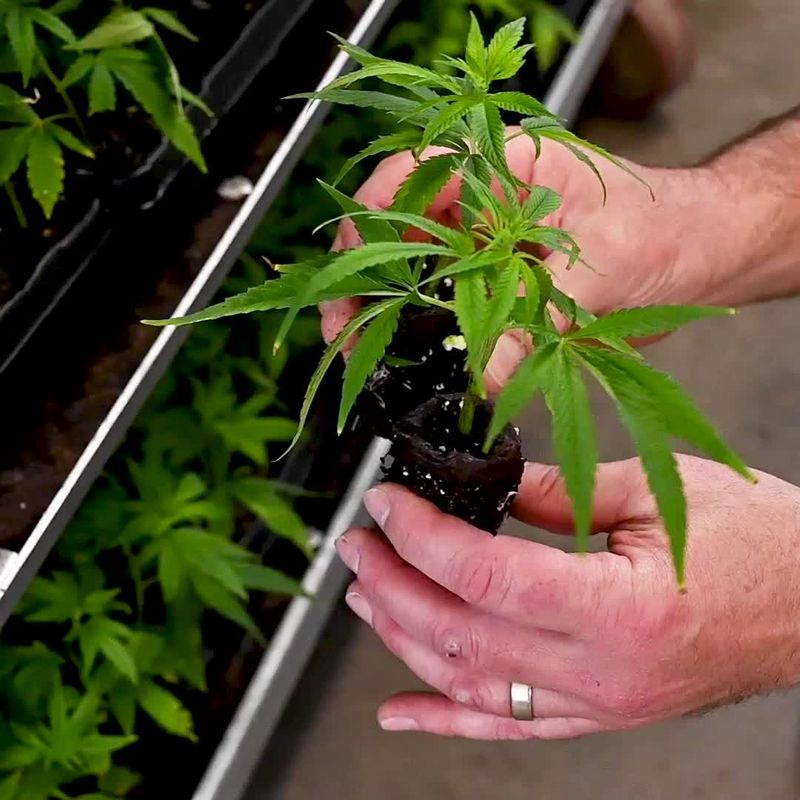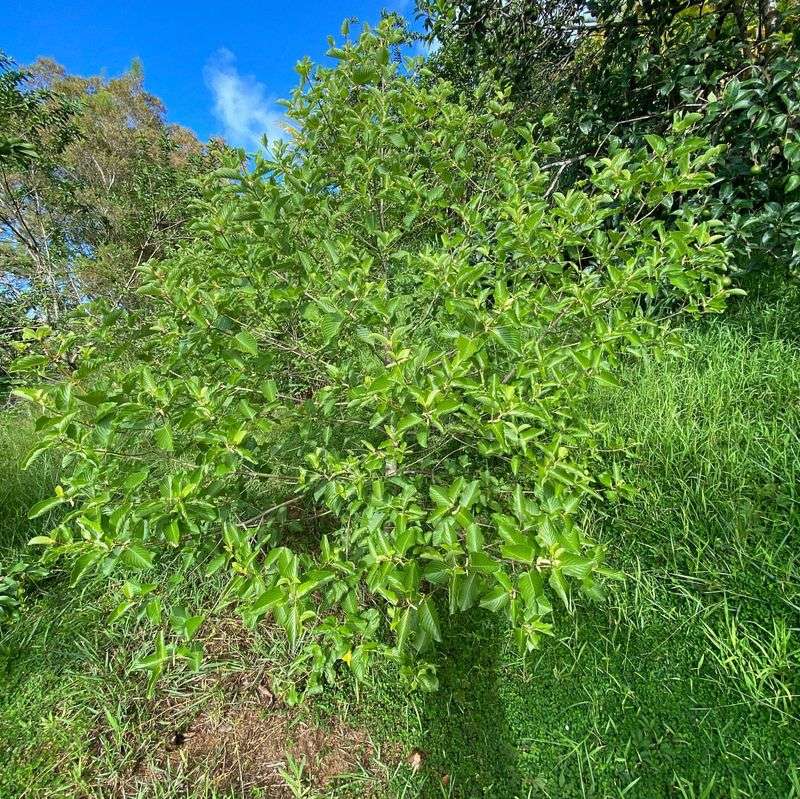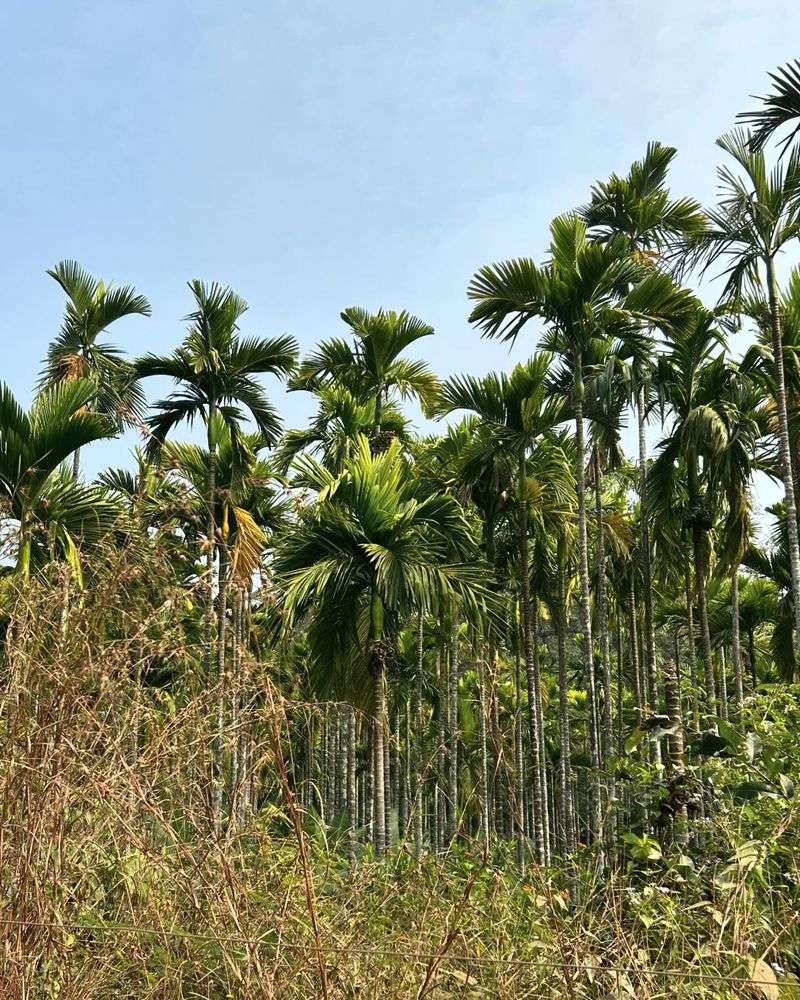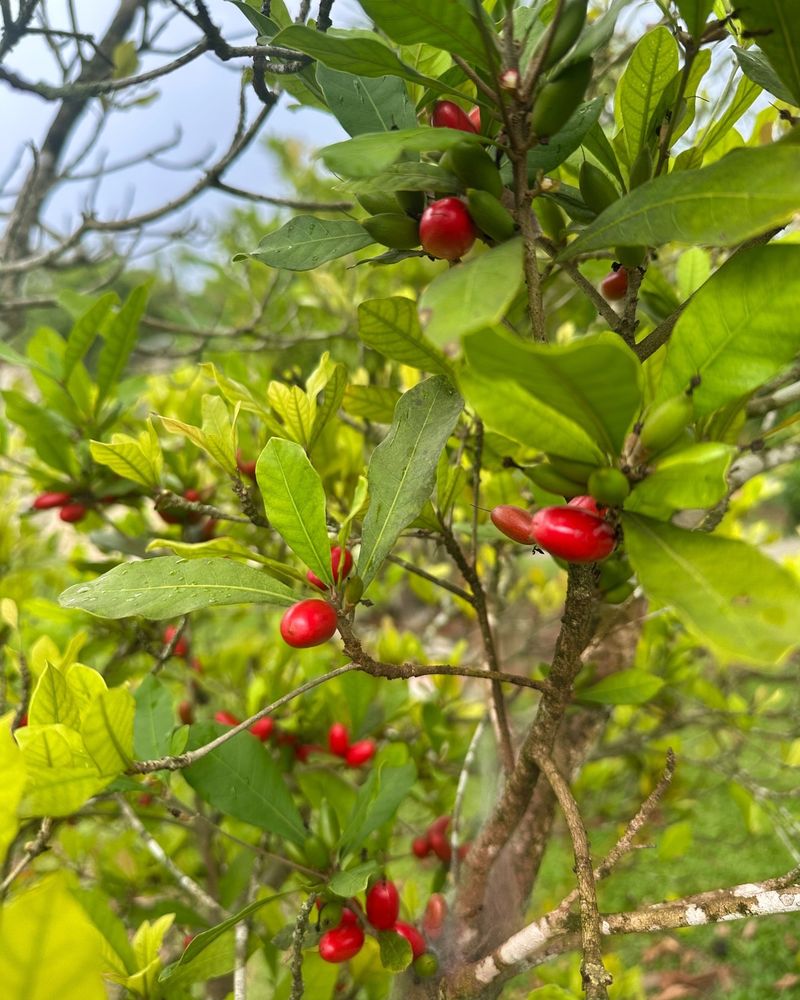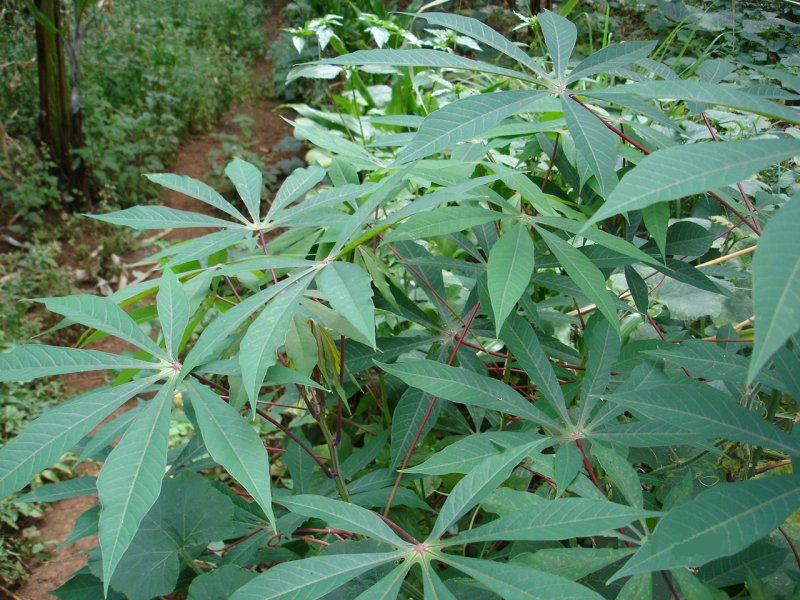Gardening in Arizona comes with its own set of challenges. Between the intense desert climate and strict state laws, not every plant is welcome. What seems like a harmless addition could actually be off-limits.
Agricultural regulations and environmental concerns shape what’s allowed in your backyard. Some common and exotic plants are banned or tightly controlled. These rules help protect native species and prevent ecological damage.
Knowing what’s legal to grow can save you from fines and frustration. A little research goes a long way in keeping your garden safe and sustainable. With the right choices, you can still create a thriving desert-friendly oasis.
1. Opium Poppy
Growing these striking flowers might seem innocent, but they’re classified as Schedule II controlled substances. The papaver somniferum variety produces opium, making them illegal throughout Arizona.
Law enforcement doesn’t typically target gardeners with a few ornamental poppies, but technically, you’re breaking federal law. I once considered planting these for their beautiful blooms before learning about their legal status.
The penalties can be severe, potentially including felony charges regardless of whether you intended to harvest the opium or simply wanted pretty flowers in your garden bed.
2. Coca Plant
The source of cocaine remains strictly prohibited across the United States, including Arizona. Authorities actively monitor for these plants, which struggle anyway in Arizona’s dry climate.
Federal agencies consider growing even a single coca plant a serious offense. Penalties can include lengthy prison sentences regardless of your intended use.
Some gardeners mistakenly believe small-scale growing might go unnoticed, but sophisticated surveillance methods and neighbor reporting make this an extremely risky plant to attempt cultivating in your Arizona backyard.
3. Khat Shrub
This East African plant contains cathinone, a stimulant that places it on the DEA’s controlled substances list. Despite its innocent appearance as a flowering shrub, possession can result in serious legal consequences.
Arizona’s climate actually suits khat reasonably well, making it attractive to certain immigrant communities familiar with its cultural use. The leaves are traditionally chewed for their stimulant effect.
Law enforcement has increased awareness of khat cultivation in recent years. What surprises many gardeners is how this unassuming plant carries penalties similar to those for growing marijuana or other controlled substances.
4. Peyote Cactus
Native to Mexico and Texas, this small button-shaped cactus contains mescaline, a powerful hallucinogen. While Native American Church members have exemptions for religious use, backyard cultivation remains prohibited for Arizona residents.
The cactus grows slowly, taking years to mature, which tempts some collectors. Despite thriving in Arizona’s desert conditions, growing peyote can result in serious federal charges.
Authorities distinguish between this specific cactus and legal varieties. Many cactus enthusiasts have accidentally purchased peyote online, not realizing the legal implications that come with this particular species.
5. Salvia Divinorum
Known for producing intense but short-lived hallucinogenic effects, this sage variety is banned in Arizona under state law. The mint family relative looks unremarkable but contains potent compounds that alter perception.
Arizona specifically targeted this plant in legislation passed in 2005. Before then, it occupied a legal gray area that allowed some gardeners to grow it without consequence.
Penalties for cultivation include potential felony charges. Despite being relatively easy to grow in shaded areas of Arizona yards, the legal risks make this plant one to avoid entirely in your garden planning.
6. Certain Hemp Varieties
Recent farm bills have legalized industrial hemp, but there’s a critical catch. Only licensed growers with permits can legally cultivate it in Arizona, making backyard growing illegal without proper authorization.
The plants must contain less than 0.3% THC to qualify as legal hemp. Home gardeners cannot typically test their crops, risking accidental marijuana cultivation charges.
Arizona’s Department of Agriculture strictly regulates hemp production. The application process requires background checks, fees, and compliance with regular inspections that make casual backyard growing effectively impossible for most residents.
7. Certain Citrus Varieties
Arizona’s citrus quarantine regulations restrict moving or planting certain varieties to prevent devastating diseases like citrus greening. These rules particularly affect backyard growers in Maricopa, Yuma, and parts of Mohave counties.
Moving uninspected citrus plants into protected areas carries significant penalties. The Arizona Department of Agriculture enforces these regulations to protect the state’s valuable commercial citrus industry.
Even seemingly healthy plants can harbor diseases. Before planting any citrus in your Arizona backyard, you must verify it comes from an approved source and complies with all quarantine regulations for your specific county.
8. Kratom Tree
Legal status for this Southeast Asian tree remains complicated in Arizona. While the state reversed its ban in 2019, federal agencies continue monitoring kratom cultivation with scrutiny.
The tropical tree struggles in Arizona’s climate except in carefully controlled environments. Its leaves contain compounds that produce both stimulant and sedative effects, drawing regulatory attention.
Growing kratom technically isn’t prohibited currently, but Arizona’s legislative position has changed multiple times. Backyard growers should remain cautious as the plant exists in a precarious legal position that could shift again with little notice.
9. Water Spinach
This Asian aquatic vegetable (Ipomoea aquatica) appears on federal noxious weed lists due to its invasive potential in waterways. Despite being a nutritious crop in many cuisines, it’s illegal to grow without special permits.
Arizona’s irrigation systems could be particularly vulnerable to this fast-growing plant. In the right conditions, water spinach can quickly clog canals and disrupt water management infrastructure vital to desert agriculture.
Permits for cultivation are rarely granted to individuals. The USDA and Arizona agricultural authorities maintain strict control over this plant, making backyard growing effectively prohibited throughout the state.
10. Betel Nut Palm
While not explicitly illegal, this tropical palm faces severe import restrictions that effectively prevent legal cultivation in Arizona. The nuts contain arecoline, a stimulant that health authorities have flagged as problematic.
Arizona’s climate actually prevents successful outdoor growing in most areas. However, attempts to import seeds or young plants can violate agricultural import regulations.
Some cultural communities value betel nut for traditional practices. Unfortunately, these traditions clash with both health regulations and agricultural restrictions, making this palm a problematic choice for Arizona backyards regardless of its cultural significance.
11. Miracle Fruit Plant
Synsepalum dulcificum isn’t technically illegal, but falls under strict import regulations that make obtaining legitimate plants nearly impossible for average gardeners. The FDA has concerns about its flavor-altering properties.
This West African shrub produces berries that temporarily make sour foods taste sweet. While fascinating, its regulatory status remains ambiguous under food additive rules.
Arizona plant inspectors frequently confiscate unverified miracle fruit plants at agricultural checkpoints. Even when obtained legally, the tropical plant struggles in Arizona’s low humidity, making successful cultivation challenging even beyond the regulatory hurdles.
12. Bitter Cassava
High-cyanide varieties of this tropical staple face cultivation restrictions due to their toxicity when improperly processed. While sweet cassava varieties are generally permitted, the bitter types contain dangerous levels of cyanogenic compounds.
Arizona agricultural inspectors monitor for unauthorized cassava imports. The plant requires careful processing to be safe for consumption, making it a potential public health concern.
Telling the difference between safe and toxic varieties isn’t easy for amateur gardeners. This uncertainty leads authorities to discourage all unauthorized cassava cultivation, effectively making the bitter varieties illegal to grow in Arizona backyards.

